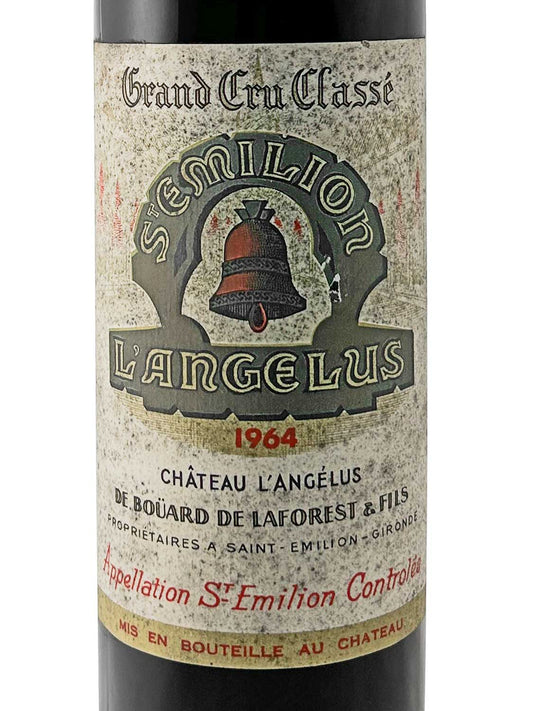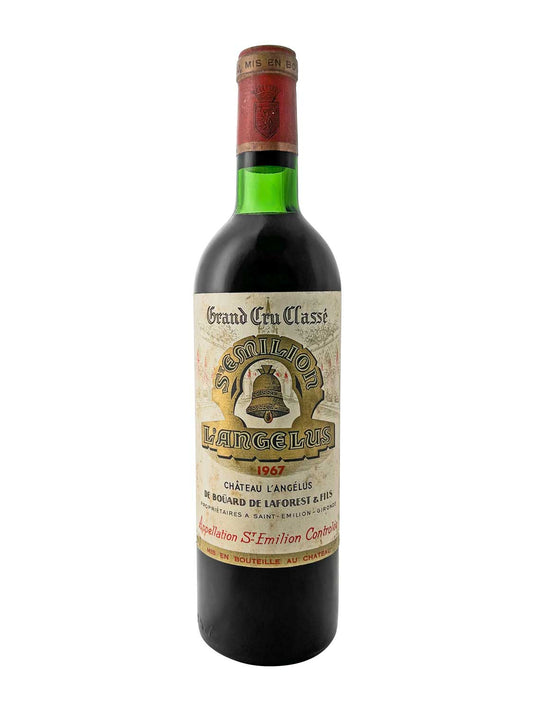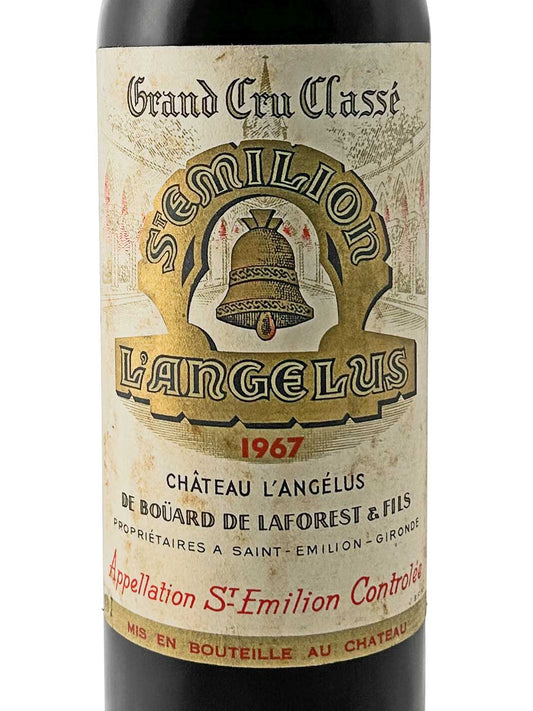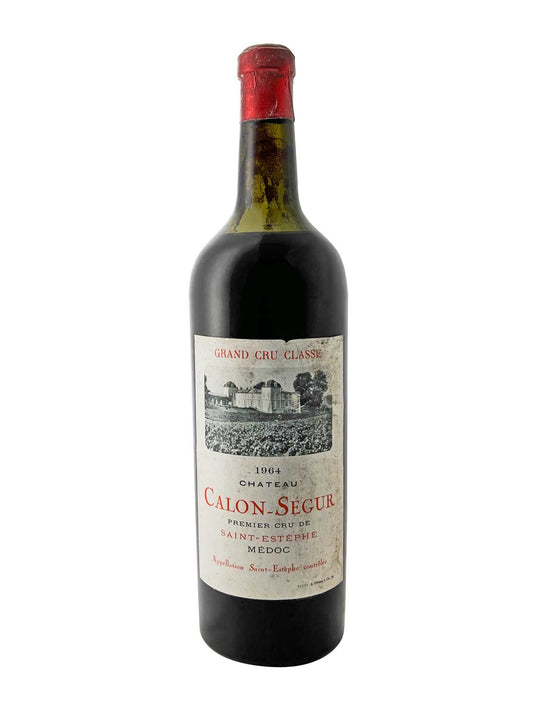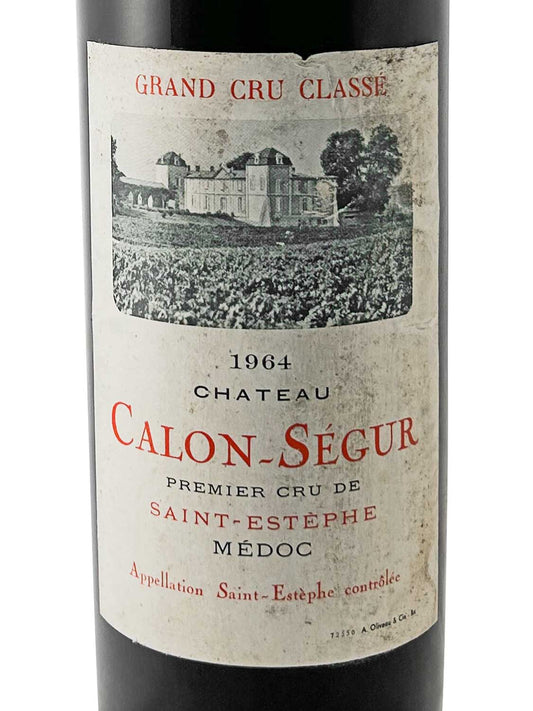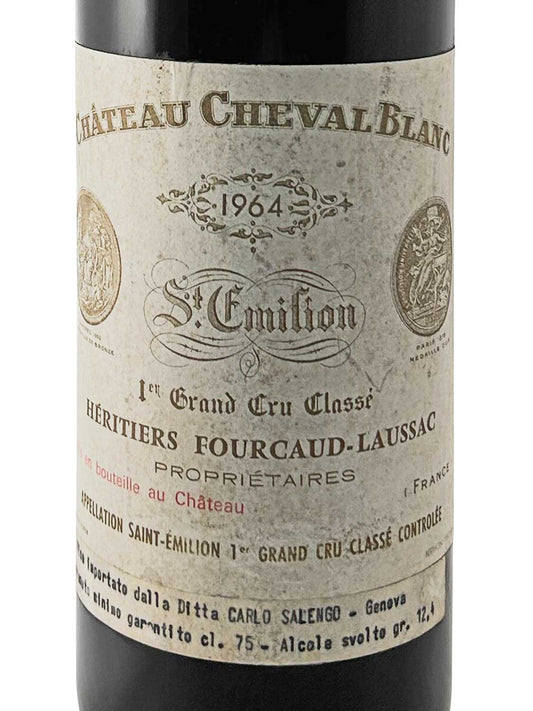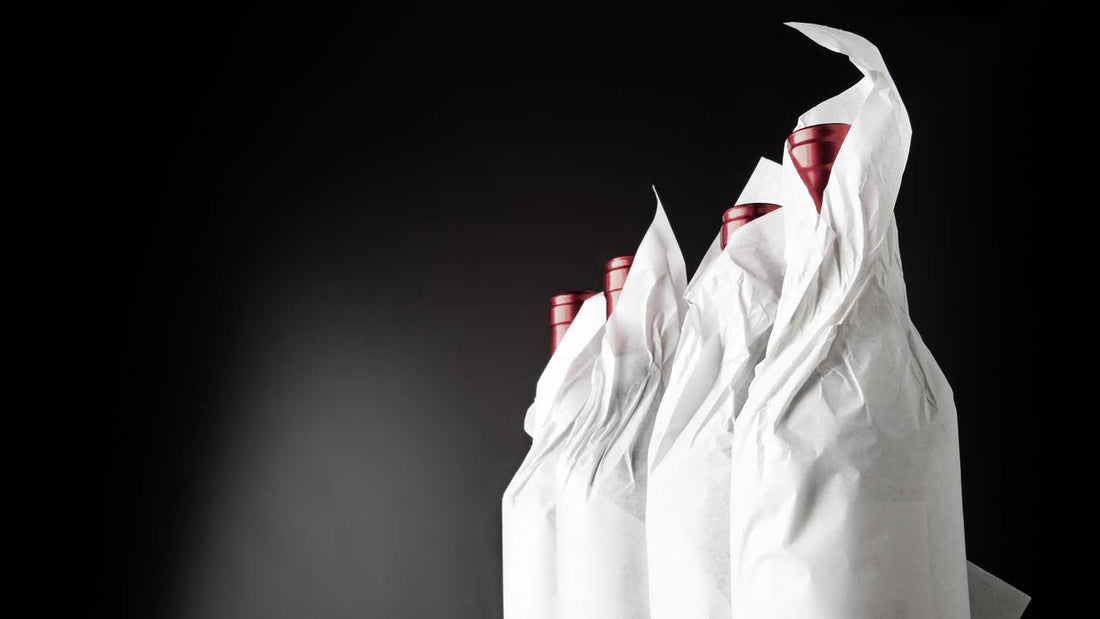
What does En Primeur mean in wine?
A look at the Bordeaux system of pre-ordering
For many years, it has been common practice for collectors of en primeur wines from Bordeaux to secure expensive wines and rare vintages from sought-after vineyards for their own collections before bottling. This is the so-called "en primeur" system, which is particularly popular in the Bordeaux region. But what exactly does en primeur wine mean? In this blog post, we will take a closer look at the concept of en primeur wine, explore its significance for buyers and producers, and discuss the advantages and disadvantages of this method.
What is En Primeur?
"En primeur" literally means "in advance" or "in advance." In the context of wine, this term refers to the sale of wines that are still in barrel aging. This usually occurs one to two years before official bottling and market release. The en primeur system is particularly common in Bordeaux, where it has a long tradition.
The process of selling En Primeur wine
En primeur sales typically begin in the spring following the harvest. Winemakers present their wines during special tasting events, often in the form of trade fairs or tastings. Wine merchants, importers, and collectors then have the opportunity to taste these wines and place orders.
Prices for en primeur wines are typically set by the wineries and can vary depending on the vintage, quality, and demand. Buyers have the opportunity to purchase their favorite wines at a lower price before they officially hit the market.

The advantages of En Primeur wine
1. Access to sought-after vintages
One of the greatest advantages of the En Primeur system is access to sought-after vintages. Wine collectors and investors have the opportunity to secure high-quality wines before they are available on the market. This can be particularly advantageous when a vintage is considered exceptional.
2. Price advantages
Another advantage is the potential price advantage. Since en primeur wines are often offered at lower prices than their later retail prices, buyers can benefit from an increase in value. When a vintage performs well and receives high ratings, the market price usually rises as well.
3. Supporting winemakers
By purchasing En Primeur wines, buyers directly support the winemakers. These proceeds help producers cover their costs and invest in future vintages.
4. Original wooden boxes
By pre-ordering en primeur wine, you can often even purchase wooden crates for individual bottles or – as is usual – in crates of 6 or 12 bottles.
Also read: 7 reasons why wine in wooden boxes is popular

5. Rare bottle sizes
Some wine merchants also forward requests for bottle sizes. This way, you can secure not only magnum bottles, but also 3-liter, 6-liter, and even 9-liter bottles of your favorite wine. They often also offer original wooden crates.
The risks of En Primeur wine
Despite the many advantages, there are also risks when buying En Primeur wines:
1. Uncertainty about quality
Because the wines are not yet bottled, there is always some risk regarding their final quality. A wine may develop unexpected problems during its barrel aging or perform less well than originally expected.
2. Long-term commitment
Buying en primeur wines requires patience. Buyers often have to wait several years to receive their bottles—a period during which market conditions can change.
3. Lack of transparency
Not all wineries offer complete transparency about their production methods or the actual availability of their wines after purchase. This can be frustrating for buyers and undermine trust.
By the way: Since the 2012 vintage, Château Latour has withdrawn from the en primeur system. This means you cannot secure a wine from Château Latour in advance and will have to wait until the wine is officially available in stores.
How does the purchasing process work?
The process for buying En Primeur wine can vary depending on the wine merchant or winery, but generally follows these steps:
Tastings: During the En Primeur sale, tastings take place where buyers have the opportunity to taste different wines.
Ordering: After the tastings, buyers place their orders – either directly with the château or through a retailer.
Payment: Payment is usually made immediately or shortly after receipt of the order.
Storage: The purchased wines are often stored by the château or merchant until they are ready for delivery.
Collection: After maturation is complete, the bottles are delivered to the buyers.
Tips for buying En Primeur wine
If you are thinking about investing in En Primeur wine or simply purchasing a few bottles for your collection, here are some tips to consider:
Find out about vintages: Before you buy, research current vintages and their reviews by experts.
Read also: Wine of the Century – Masterpiece of Wine Production
Trust reputable dealers: Buy only from trusted dealers or directly from the château.
Taste before you buy: Make extensive use of tasting events – this will give you an idea of taste and quality.

Consider storage conditions: Make sure that the bottles you purchase are stored under optimal conditions.
Diversify your selection: Don't bet all on a single vintage or a single château; diversify your purchases for greater security.
Also read: Bordeaux wine – which is the best vintage?
Consider reviews from wine critics: Wine magazines like Decanter or wine critics like James Suckling are reliable sources when it comes to the quality of Bordeaux wine.
Conclusion
The concept of en primeur wine presents both opportunities and challenges for wine collectors and investors alike. It provides access to some of the finest Bordeaux wines early in the production cycle—but not without risks.
For those willing to engage with the process and make informed decisions, the En Primeur system can be a rewarding experience—both in terms of taste and finances.
In a world of possibilities, the Bordeaux En Primeur system offers a unique opportunity for wine collectors of all kinds. So, if you're thinking about making your next big wine purchase, a look at the En Primeur wine offerings could be just what you need!



